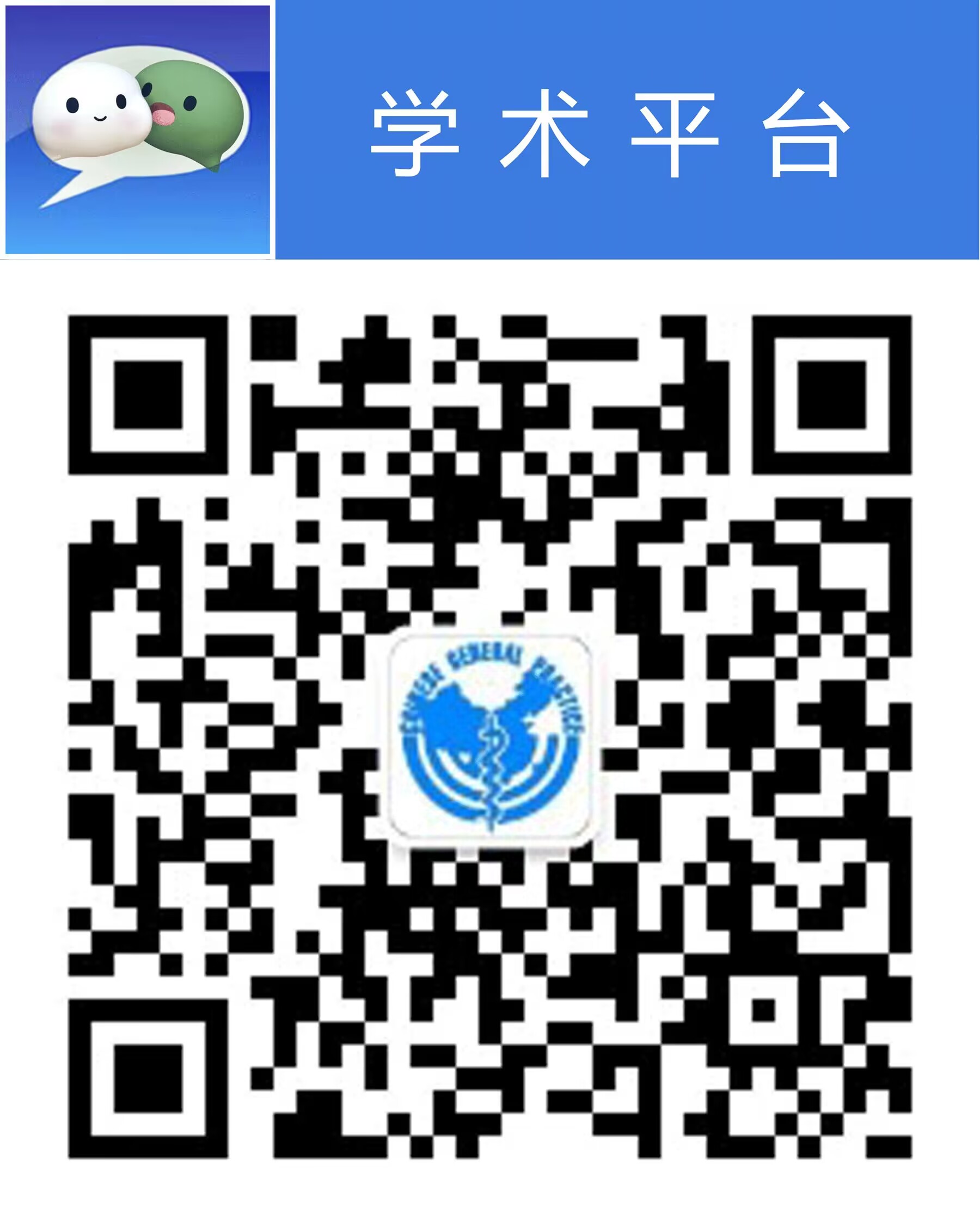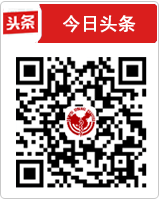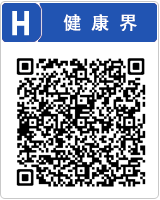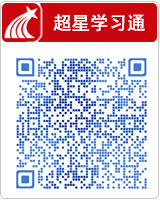中国全科医学 ›› 2025, Vol. 28 ›› Issue (27): 3399-3409.DOI: 10.12114/j.issn.1007-9572.2024.0424
张红石1, 曲子涵1, 孙雪峰1, 王宇峰1, 丛德毓2, 张野1,*( )
)
收稿日期:2024-11-10
修回日期:2025-03-20
出版日期:2025-09-20
发布日期:2025-07-22
通讯作者:
张野
作者贡献:
张红石进行研究的构思与设计及可行性分析、设计研究方案,后期数据收集整理、统计分析并撰写论文;曲子涵、孙雪峰参与设计研究方案,进行动物造模、实验干预、数据收集整理及统计分析;王宇峰进行论文及英文的修订;丛德毓、张野负责文章的质量控制及审校,对文章整理负责,监督管理。
基金资助:
ZHANG Hongshi1, QU Zihan1, SUN Xuefeng1, WANG Yufeng1, CONG Deyu2, ZHANG Ye1,*( )
)
Received:2024-11-10
Revised:2025-03-20
Published:2025-09-20
Online:2025-07-22
Contact:
ZHANG Ye
摘要: 背景 失眠是一种常见的睡眠障碍,严重影响患者的生活质量和身心健康。腹部推拿作为一种非药物疗法,因其在治疗失眠方面疗效确切且安全、无明显不良反应,逐渐受到关注,但其治疗失眠的具体机制尚不明确。 目的 通过蛋白质组学分析,阐述腹部推拿治疗后对对氯苯丙氨酸(PCPA)失眠模型大鼠下丘脑蛋白的差异表达,结合行为学分析,探讨腹部推拿治疗失眠的作用机制。 方法 2022年3—5月,取健康雄性Sprague-Dawley(SD)大鼠18只,体质量(225±5)g。将SD大鼠随机分为空白组、模型组和治疗组,每组6只。通过腹腔注射PCPA法建立大鼠失眠模型,空白组、模型组不做治疗,治疗组行腹部推拿,1次/d,12 min/次,连续7 d。观察记录各组大鼠行为状态,采用蛋白组学技术鉴定各组大鼠下丘脑差异蛋白表达情况,运用生物学信息进行差异蛋白基因本体论(GO)功能注释和KEGG富集分析,通过Western blotting法验证相关差异蛋白。 结果 造模后24 h对大鼠进行戊巴比妥钠翻正反射实验,结果显示,模型组、治疗组与空白组相比,潜睡眠时间延长、睡眠持续时间缩短(P<0.05),提示造模成功。治疗7 d后,行为学结果显示,与空白组相比,模型组体质量下降、自发举爪次数增加、大鼠寻找平台的时间增加(P<0.05);与模型组比较,治疗组体质量增加、自发举爪次数减少、大鼠寻找平台的时间缩短(P<0.05)。蛋白组学分析结果显示,与失眠关系密切的早老素-1(Psen1)和肌酸激酶(Ckm)造模后升高,治疗后降低(P<0.05);γ-氨基丁酸受体亚基α-5(Gabra5)和组蛋白去乙酰化酶4(Hdac4)在造模后降低(P<0.05),治疗后升高(P<0.05)。GO和KEGG通路富集分析发现差异表达蛋白主要参与蛋白激活级联、能量代谢、炎症反应、横纹肌组织发育等生物过程,神经活性配体-受体相互作用、造血细胞谱系是腹部推拿治疗作用的主要信号通路。对这以上4种蛋白进行Western blotting法验证,其中3种物质(Psen1、Ckm和Gabra5)显示出与质谱显示的趋势一致。 结论 经行为学结果及蛋白组学结果分析表明,腹部推拿可有效改善SD大鼠失眠症状,通过神经活性配体-受体相互作用、造血细胞谱系通路发挥作用,Psen1、Ckm、Gabra5为可能的关键蛋白,为腹部推拿治疗失眠提供了基础性依据。
| 组别 | 只数 | 潜睡眠时间 | 睡眠持续时间 |
|---|---|---|---|
| 空白组 | 6 | 5.70±1.64 | 36.30±7.26 |
| 模型组 | 6 | 10.60±3.53a | 24.50±7.01a |
| 治疗组 | 6 | 11.00±3.59a | 26.00±6.27a |
| F值 | 12.21 | 10.01 | |
| P值 | <0.001 | <0.001 |
表1 造模后戊巴比妥钠翻正反射实验测试结果(±s,min)
Table 1 Test results of sodium pentobarbital after molding
| 组别 | 只数 | 潜睡眠时间 | 睡眠持续时间 |
|---|---|---|---|
| 空白组 | 6 | 5.70±1.64 | 36.30±7.26 |
| 模型组 | 6 | 10.60±3.53a | 24.50±7.01a |
| 治疗组 | 6 | 11.00±3.59a | 26.00±6.27a |
| F值 | 12.21 | 10.01 | |
| P值 | <0.001 | <0.001 |
| 分组 | 只数 | 自发举爪次数(次) | 寻找平台时间(min) | 体质量(g) |
|---|---|---|---|---|
| 空白组 | 6 | 3.90±2.88 | 50.26±16.79 | 219.10±5.32 |
| 模型组 | 6 | 7.30±3.53a | 88.15±23.33a | 198.60±7.04a |
| 治疗组 | 6 | 3.80±2.20b | 54.66±24.63b | 209.40±11.50b |
| F值 | 8.08 | 5.36 | 21.18 | |
| P值 | 0.002 | 0.005 | <0.001 |
表2 治疗后各组大鼠行为学测试及体质量变化结果(±s)
Table 2 Results of behavioral test and weight change of rats in each group after treatment
| 分组 | 只数 | 自发举爪次数(次) | 寻找平台时间(min) | 体质量(g) |
|---|---|---|---|---|
| 空白组 | 6 | 3.90±2.88 | 50.26±16.79 | 219.10±5.32 |
| 模型组 | 6 | 7.30±3.53a | 88.15±23.33a | 198.60±7.04a |
| 治疗组 | 6 | 3.80±2.20b | 54.66±24.63b | 209.40±11.50b |
| F值 | 8.08 | 5.36 | 21.18 | |
| P值 | 0.002 | 0.005 | <0.001 |
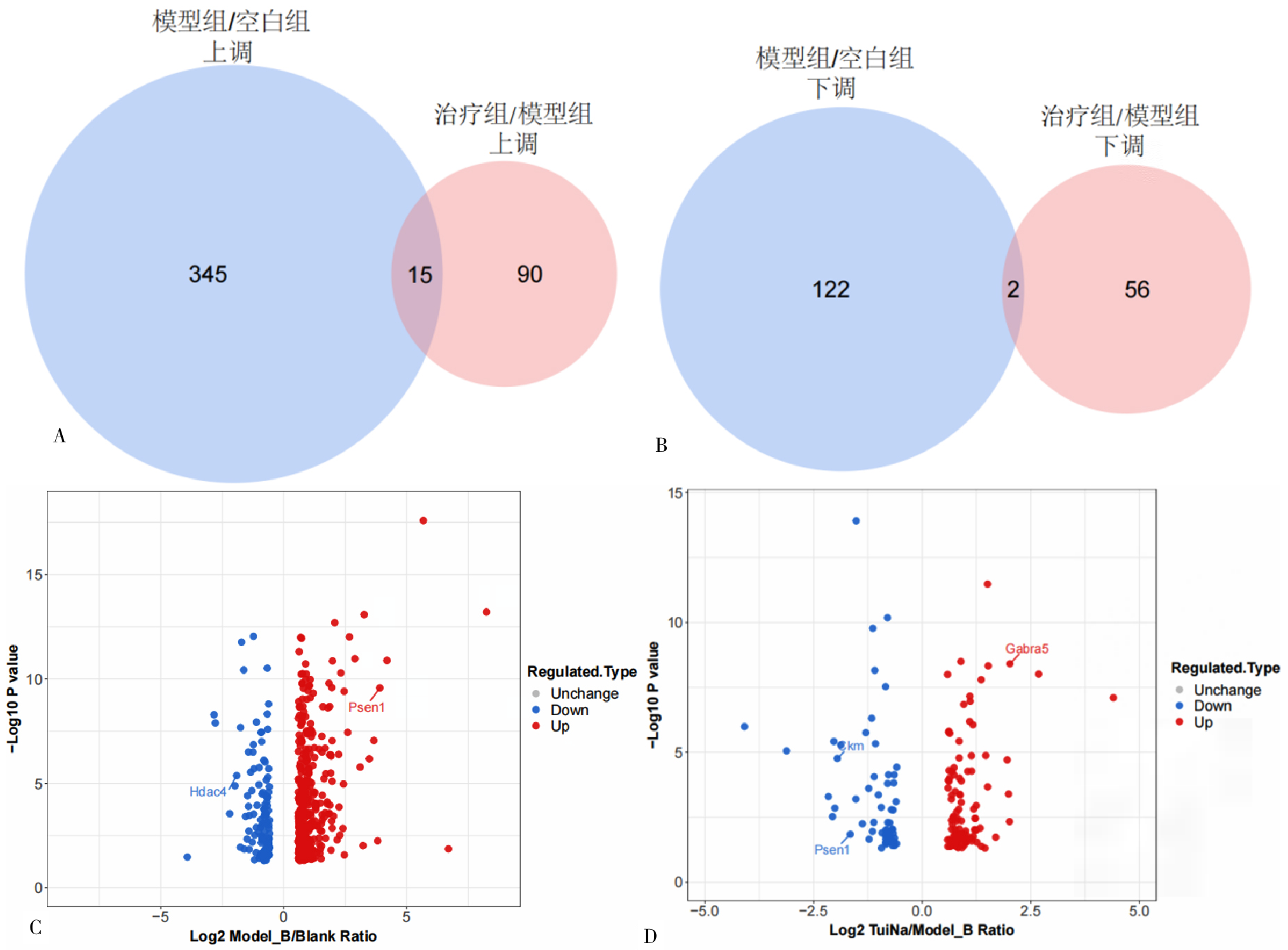
图2 3组大鼠差异蛋白venn图、火山图注:A为模型组与空白组、治疗组与模型组上调差异表达蛋白venn图,B为模型组与空白组、治疗组与模型组下调差异表达蛋白venn图,C为模型组与空白组差异蛋白火山图,D为治疗组与模型组差异蛋白火山图。
Figure 2 Venn diagram and volcano plot of differential proteins in 3 groups of rats
| 蛋白ID | 蛋白描述 | 基因名 | 模型组/空白组比值 | 模型组/空白组P值 | 变化趋势 |
|---|---|---|---|---|---|
| P01237 | Prolactin | Prl | 302.515 2 | 6.265 | 上调 |
| P01244 | Somatotropin | Gh1 | 51.151 8 | 2.612 | 上调 |
| A0A0H2UHJ1 | Calgranulin-B | S100a9 | 14.092 7 | 0.006 | 上调 |
| P97887 | Presenilin-1 | Psen1 | 14.987 1 | 2.687 | 上调 |
| A0A0G2JSP8 | Creatine kinase | Ckm | 4.700 2 | 4.123 | 上调 |
| F1M0N1 | Tyrosine-protein kinase | Abl2 | 6.059 9 | 3.627 | 上调 |
| A0A0G2K2Z0 | EMAP-like 4 | Eml4 | 3.797 8 | 4.866 | 上调 |
| Q9Z1J7 | Amino acid transporter | Slc1a5 | 5.513 9 | 0.026 | 上调 |
| P06866 | Haptoglobin | Hp | 3.908 9 | 9.049 | 上调 |
| Q5PPI1 | Serine/arginine-rich splicing factor 9 | Srsf9 | 2.804 1 | 0.014 | 上调 |
| G3V8M1 | DNA polymerase | Pold1 | 4.500 1 | 0.005 | 上调 |
| P19969 | Gamma-aminobutyric acid receptor subunit alpha-5 | Gabra5 | 0.369 3 | 3.140 | 下调 |
| Q331S7 | Dysbindin domain-containing 2 | Dbndd2 | 0.460 5 | 0.001 | 下调 |
| A0A0G2K2P3 | TNF alpha-induced protein 8 | Tnfaip8 | 0.532 6 | 0.003 | 下调 |
| Q99P99 | Histone deacetylase 4 | Hdac4 | 0.265 2 | 4.219 | 下调 |
| F1M702 | Cadherin 18 | Cdh18 | 0.341 0 | 0.001 | 下调 |
| O70196 | Prolyl endopeptidase | Prep | 0.535 7 | 9.921 | 下调 |
表3 模型组和空白组失眠大鼠下丘脑差异蛋白表达差异
Table 3 Differences in expression of differential proteins in hypothalamus of insomnia rats before and after modeling in model group and blank group
| 蛋白ID | 蛋白描述 | 基因名 | 模型组/空白组比值 | 模型组/空白组P值 | 变化趋势 |
|---|---|---|---|---|---|
| P01237 | Prolactin | Prl | 302.515 2 | 6.265 | 上调 |
| P01244 | Somatotropin | Gh1 | 51.151 8 | 2.612 | 上调 |
| A0A0H2UHJ1 | Calgranulin-B | S100a9 | 14.092 7 | 0.006 | 上调 |
| P97887 | Presenilin-1 | Psen1 | 14.987 1 | 2.687 | 上调 |
| A0A0G2JSP8 | Creatine kinase | Ckm | 4.700 2 | 4.123 | 上调 |
| F1M0N1 | Tyrosine-protein kinase | Abl2 | 6.059 9 | 3.627 | 上调 |
| A0A0G2K2Z0 | EMAP-like 4 | Eml4 | 3.797 8 | 4.866 | 上调 |
| Q9Z1J7 | Amino acid transporter | Slc1a5 | 5.513 9 | 0.026 | 上调 |
| P06866 | Haptoglobin | Hp | 3.908 9 | 9.049 | 上调 |
| Q5PPI1 | Serine/arginine-rich splicing factor 9 | Srsf9 | 2.804 1 | 0.014 | 上调 |
| G3V8M1 | DNA polymerase | Pold1 | 4.500 1 | 0.005 | 上调 |
| P19969 | Gamma-aminobutyric acid receptor subunit alpha-5 | Gabra5 | 0.369 3 | 3.140 | 下调 |
| Q331S7 | Dysbindin domain-containing 2 | Dbndd2 | 0.460 5 | 0.001 | 下调 |
| A0A0G2K2P3 | TNF alpha-induced protein 8 | Tnfaip8 | 0.532 6 | 0.003 | 下调 |
| Q99P99 | Histone deacetylase 4 | Hdac4 | 0.265 2 | 4.219 | 下调 |
| F1M702 | Cadherin 18 | Cdh18 | 0.341 0 | 0.001 | 下调 |
| O70196 | Prolyl endopeptidase | Prep | 0.535 7 | 9.921 | 下调 |
| 蛋白ID | 蛋白描述 | 基因名 | 治疗组/模型组比值 | 治疗组/模型组P值 | 变化趋势 |
|---|---|---|---|---|---|
| P19969 | Gamma-aminobutyric acid receptor subunit alpha-5 | Gabra5 | 4.058 0 | 3.899 | 上调 |
| B2GV05 | RNA-binding protein 5 | Rbm5 | 1.948 7 | 0.038 | 上调 |
| Q63754 | Beta-synuclein | Sncb | 3.237 1 | 0.018 | 上调 |
| Q497A2 | D-serine modulator-1 | Slc35b2 | 2.211 8 | 0.026 | 上调 |
| F1M702 | Cadherin 18 | Cdh18 | 2.277 9 | 0.002 | 上调 |
| Q03344 | ATPase inhibitor,mitochondrial | Atp5if1 | 2.525 2 | 0.008 | 上调 |
| Q99P99 | Histone deacetylase 4 | Hdac4 | 2.761 0 | 1.328 | 上调 |
| A0A0G2JSP8 | Creatine kinase | Ckm | 0.258 3 | 1.725 | 下调 |
| P97887 | Presenilin-1 | Psen1 | 0.317 8 | 0.014 | 下调 |
| Q9WVH8 | Fibulin-5 | Fbln5 | 0.224 0 | 0.001 | 下调 |
表4 治疗组和模型组失眠大鼠下丘脑差异蛋白表达差异
Table 4 Differences in hypothalamic differential protein expression of insomnia rats before and after treatment in treatment group and model group
| 蛋白ID | 蛋白描述 | 基因名 | 治疗组/模型组比值 | 治疗组/模型组P值 | 变化趋势 |
|---|---|---|---|---|---|
| P19969 | Gamma-aminobutyric acid receptor subunit alpha-5 | Gabra5 | 4.058 0 | 3.899 | 上调 |
| B2GV05 | RNA-binding protein 5 | Rbm5 | 1.948 7 | 0.038 | 上调 |
| Q63754 | Beta-synuclein | Sncb | 3.237 1 | 0.018 | 上调 |
| Q497A2 | D-serine modulator-1 | Slc35b2 | 2.211 8 | 0.026 | 上调 |
| F1M702 | Cadherin 18 | Cdh18 | 2.277 9 | 0.002 | 上调 |
| Q03344 | ATPase inhibitor,mitochondrial | Atp5if1 | 2.525 2 | 0.008 | 上调 |
| Q99P99 | Histone deacetylase 4 | Hdac4 | 2.761 0 | 1.328 | 上调 |
| A0A0G2JSP8 | Creatine kinase | Ckm | 0.258 3 | 1.725 | 下调 |
| P97887 | Presenilin-1 | Psen1 | 0.317 8 | 0.014 | 下调 |
| Q9WVH8 | Fibulin-5 | Fbln5 | 0.224 0 | 0.001 | 下调 |
| 组别 | 只数 | Psen1 | Ckm | Gabra5 | Hdac4 |
|---|---|---|---|---|---|
| 空白组 | 6 | 0.14±0.01 | 0.51±0.14 | 1.31±0.16 | 1.75±0.12 |
| 模型组 | 6 | 2.10±0.10a | 2.38±0.11a | 0.48±0.07a | 0.47±0.10a |
| 治疗组 | 6 | 0.11±0.02b | 0.61±0.24b | 1.96±0.16b | 1.28±0.11b |
| F值 | 985.40 | 222.70 | 175.70 | 260.80 | |
| P值 | <0.001 | <0.001 | <0.001 | <0.001 |
表5 3组大鼠Psen1、Ckm、Gabra5和Hdac4蛋白质表达水平测定(±s)
Table 5 Determination of protein expression levels of Psen1,Ckm,Gabra5 and Hdac4
| 组别 | 只数 | Psen1 | Ckm | Gabra5 | Hdac4 |
|---|---|---|---|---|---|
| 空白组 | 6 | 0.14±0.01 | 0.51±0.14 | 1.31±0.16 | 1.75±0.12 |
| 模型组 | 6 | 2.10±0.10a | 2.38±0.11a | 0.48±0.07a | 0.47±0.10a |
| 治疗组 | 6 | 0.11±0.02b | 0.61±0.24b | 1.96±0.16b | 1.28±0.11b |
| F值 | 985.40 | 222.70 | 175.70 | 260.80 | |
| P值 | <0.001 | <0.001 | <0.001 | <0.001 |

图3 3组大鼠差异蛋白表达GO注释注:A为模型组/空白组上调差异蛋白表达的富集分析,B为模型组/空白组下调差异蛋白表达的富集分析,C为治疗组/模型组上调差异蛋白表达的富集分析,D为治疗组/模型组下调差异蛋白表达的富集分析。
Figure 3 GO annotation of differential protein expression in 3 groups of rats
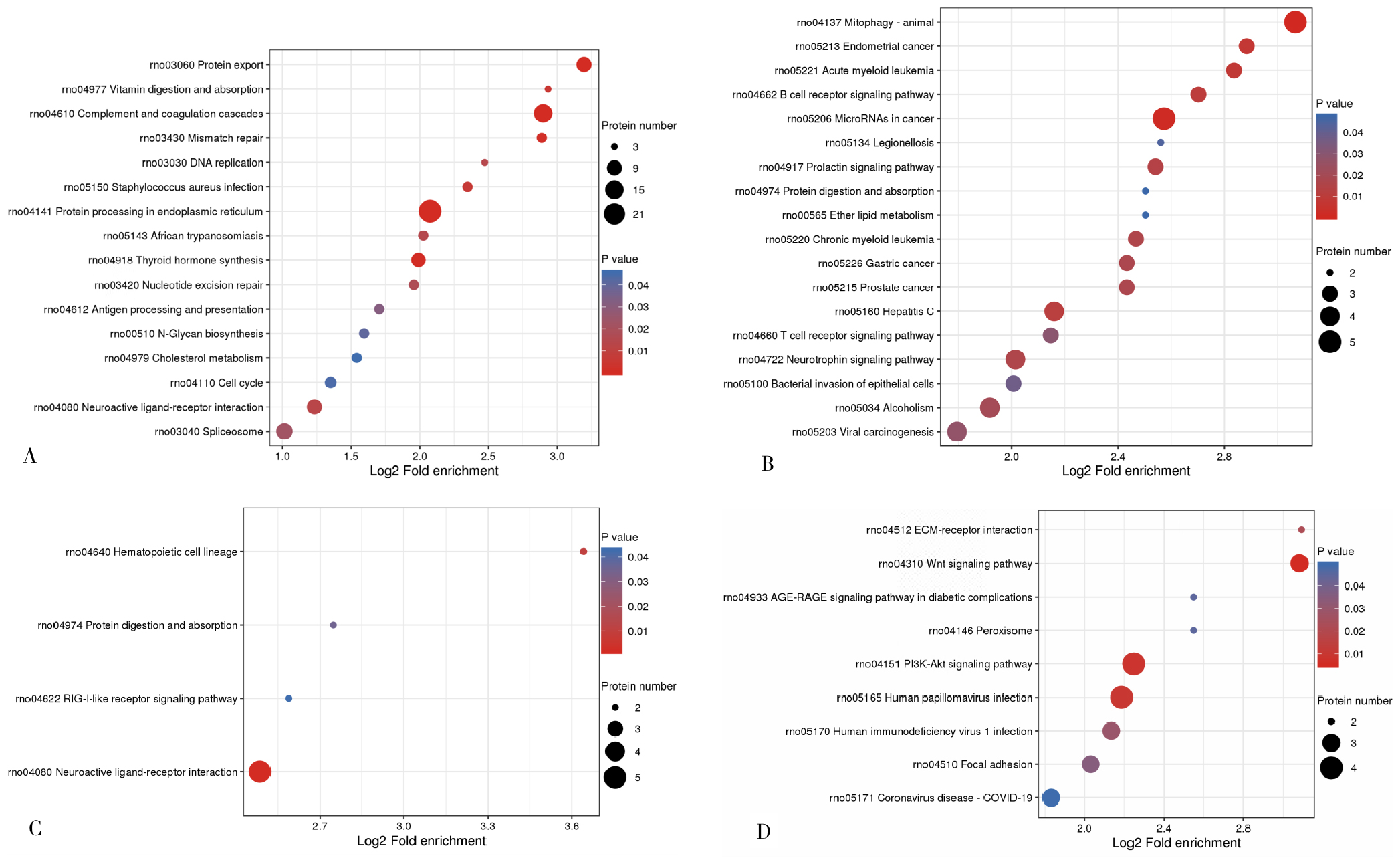
图4 差异蛋白表达KEGG通路富集分析气泡图注:A为模型组/空白组上调差异蛋白信号通路富集分析,B为模型组/空白组下调差异蛋白信号通路富集分析,C为治疗组/模型组上调差异蛋白信号通路富集分析,D为治疗组/模型组下调差异蛋白信号通路富集分析。
Figure 4 Bubble chart of KEGG pathway enrichment analysis for differential proteins
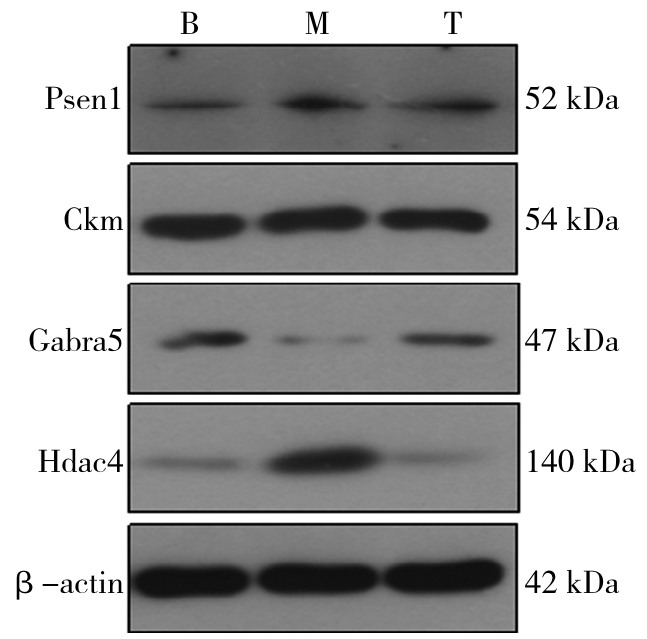
图6 3组大鼠脑组织内Psen1、Ckm、Gabra5和Hdac4蛋白表达水平电泳图注:Psen1=早老素-1,Ckm=肌酸激酶,Gabra5=γ-氨基丁酸受体亚基α-5,Hdac4=组蛋白去乙酰化酶4
Figure 6 Electrophoretogram of Psen1,Ckm,Gabra5,and Hdac4 protein expression levels in brain tissues of 3 groups of rats
| 分组 | 只数 | Psen1 | Ckm | Gabra5 | Hdac4 |
|---|---|---|---|---|---|
| 空白组 | 6 | 260.1±78.8 | 551.7±64.1 | 227.7±21.5 | 206.7±25.7 |
| 模型组 | 6 | 528.4±106.0a | 637.6±30.3a | 158.0±21.0a | 468.1±47.5a |
| 治疗组 | 6 | 296.5±73.3b | 558.8±19.9b | 199.0±22.9b | 178.3±9.2b |
| F值 | 8.32 | 7.77 | 7.79 | 76.36 | |
| P值 | 0.019 | 0.021 | 0.022 | <0.001 |
表6 3组大鼠Psen1、Ckm、Gabra5和Hdac4蛋白质表达水平(±s)
Table 6 Protein expression levels of Psen1,Ckm,Gabra5 and Hdac4 of 3 groups of rats
| 分组 | 只数 | Psen1 | Ckm | Gabra5 | Hdac4 |
|---|---|---|---|---|---|
| 空白组 | 6 | 260.1±78.8 | 551.7±64.1 | 227.7±21.5 | 206.7±25.7 |
| 模型组 | 6 | 528.4±106.0a | 637.6±30.3a | 158.0±21.0a | 468.1±47.5a |
| 治疗组 | 6 | 296.5±73.3b | 558.8±19.9b | 199.0±22.9b | 178.3±9.2b |
| F值 | 8.32 | 7.77 | 7.79 | 76.36 | |
| P值 | 0.019 | 0.021 | 0.022 | <0.001 |
| [1] |
|
| [2] |
|
| [3] |
|
| [4] |
|
| [5] |
|
| [6] |
张红石. 基于"脑-肠互动"下的腹部推拿对心脾两虚型PI的fMRI及BGP影响的研究[D]. 长春:长春中医药大学,2020.
|
| [7] |
范英兰,张宏,甘雨,等. 抗失眠中药复方对KM小鼠戊巴比妥钠催眠作用影响随机平行对照研究[J]. 实用中医内科杂志,2016,30(9):90-94. DOI:10.13729/j.issn.1671-7813.2016.09.34.
|
| [8] |
郅晓宇. 振腹环揉法治疗心脾两虚型慢性失眠的过度觉醒机制研究[D]. 长春:长春中医药大学,2023.
|
| [9] |
严开伟,杨洁,梁繁荣. 浅议中医"和胃安神"疗法与失眠的关系[J]. 辽宁中医杂志,2016,43(11):2289-2292. DOI:10.13192/j.issn.1000-1719.2016.11.018.
|
| [10] |
张野. 基于脑肠互动理论探讨振腹环揉法介导CRH/CRHR1通路治疗失眠的代谢机制研究[D]. 长春:长春中医药大学,2022.
|
| [11] | |
| [12] |
|
| [13] |
张竞天. PS1、PSAP和DR6的相互联系促进细胞凋亡的机制研究[D]. 长春:吉林大学,2020.
|
| [14] |
周多奇,龚莉,钱振宇. 肌酸激酶的生理功能与运动[J]. 安庆师范学院学报(自然科学版),2016,22(3):113-118. DOI:10.13757/j.cnki.cn34-1150/n.2016.03.029.
|
| [15] |
周艳丽,高希言,王培育,等.针刺不同腧穴对失眠大鼠下丘脑γ-氨基丁酸和γ-氨基丁酸A受体的影响[J].针刺研究,2012,37(4):302-307.DOI:10.13702/j.1000-0607.2012.04.010.
|
| [16] |
|
| [17] |
|
| [18] |
|
| [19] |
林炳岐,李峰,马捷,等. 基于GABA能系统通路探讨失眠的机制[J]. 现代生物医学进展,2018,18(3):565-568. DOI:10.13241/j.cnki.pmb.2018.03.037.
|
| [20] |
曾雪爱,黄俊山,周春权,等. 松郁安神方对失眠大鼠脑组织氨基酸类神经递质的影响[J]. 福建医药杂志,2015,37(5):1-3,23. DOI:10.20148/j.fmj.2015.05.001.
|
| [21] |
胡沿每,刘子重,郭美娜,等.早老素Ps1突变基因对阿尔茨海默病模型鼠表观有效性的影响[J].中国药理学通报,2020,36(8):1076-1083. DOI:10.3969/i.issn.1001-1978.2020.08.009.
|
| [22] |
解俊樊. 神经肽S及受体系统抗焦虑样行为与睡眠的作用和机制[D]. 兰州:兰州大学,2017.
|
| [23] |
|
| [24] |
单贝贝,李娜,刘佳玮,等. 基于网络药理学及分子对接技术探讨四逆散"异病同治"失眠和功能性胃肠病的共同作用机制[J/OL]. 环球中医药,2024:1-11.[2024-05-28].
|
| [25] |
|
| [1] | 余悦敏, 莫非非, 李乐思, 潘集阳. 中国青少年失眠的评估工具和影响因素:一项范围综述[J]. 中国全科医学, 2025, 28(10): 1213-1219. |
| [2] | 卢威, 杨云松, 林连美, 刘琼, 赵敏, 李佳, 梁凤霞, 吴松. 基于下丘脑-垂体-性腺轴探析补肾法治疗2型糖尿病生精障碍的思路[J]. 中国全科医学, 2024, 27(33): 4210-4214. |
| [3] | 任英, 汪潮湖, 张南南, 包贇, 漆松涛, 邓瑛瑛. 颅咽管瘤相关下丘脑性肥胖危险因素及饮食运动干预研究进展[J]. 中国全科医学, 2024, 27(21): 2672-2678. |
| [4] | 中国睡眠研究会. 失眠数字疗法中国专家共识[J]. 中国全科医学, 2024, 27(04): 381-390. |
| [5] | 吴子幸, 胡欣, 陶诗萌, 何友军, 蔡传云, 江伟. 老年慢性失眠患者认知功能与失眠严重程度和血清25-羟维生素D3及肿瘤坏死因子α水平的相关性研究[J]. 中国全科医学, 2024, 27(03): 328-334. |
| [6] | 朱琳, 郭闫葵, 高琛, 陈学志, 王法帅. 单纯西药、中成药及其联合治疗卒中后失眠疗效的网状Meta分析[J]. 中国全科医学, 2023, 26(30): 3823-3832. |
| [7] | 陈品琪, 张丽清, 向婷, 孙熙哲, 潘集阳. 静息态功能磁共振局部一致性在抑郁障碍伴失眠症状患者中的研究进展[J]. 中国全科医学, 2022, 25(35): 4462-4467. |
| [8] | 潘集阳, 方贻儒, 胡少华, 陆峥, 宿长军, 唐向东, 王涛, 王文强, 姚志剑, 袁勇贵, 于欢, 詹淑琴, 赵忠新, 张许来, 张玲, 李凌江. 盐酸曲唑酮缓释剂临床应用专家建议[J]. 中国全科医学, 2022, 25(33): 4099-4105. |
| [9] | 叶龙霖, 王叶青, 蒋平平, 林颖珣, 洪敏. 经筋解结联合涌泉贴敷治疗缺血性中风后失眠的效果及其对血清白介素6和肿瘤坏死因子α的影响研究[J]. 中国全科医学, 2022, 25(27): 3422-3428. |
| [10] | 程金湘, 张丽萍, 宿长军. 慢性失眠障碍患者长期使用苯二氮䓬类药物停药的研究进展[J]. 中国全科医学, 2022, 25(27): 3347-3351. |
| [11] | 邓方仪, 唐瑞, 张丽清, 蔡艺娴, 潘蓉, 潘集阳. 成人失眠障碍的临床亚型及其临床意义[J]. 中国全科医学, 2022, 25(14): 1667-1673,1693. |
| [12] | 郭琛琛, 鹿海峰, 庄贺, 李丽, 王从安, 丁懿. "五音调神"法治疗卒中后失眠的临床疗效及机制研究[J]. 中国全科医学, 2022, 25(12): 1475-1481. |
| [13] | 徐鸥, 齐培, 祝绮莎. 认知行为疗法联合虚拟现实技术治疗青少年失眠症患者的效果研究[J]. 中国全科医学, 2022, 25(11): 1378-1382. |
| [14] | 王月莹,牟云平,尹又,朱冰倩. 电子化认知行为疗法治疗失眠效果的系统评价[J]. 中国全科医学, 2021, 24(35): 4516-4524. |
| [15] | 毛丹卉,程景民. DASH饮食模式与老年高血压患者失眠症的关系研究[J]. 中国全科医学, 2021, 24(20): 2514-2519. |
| 阅读次数 | ||||||
|
全文 |
|
|||||
|
摘要 |
|
|||||

